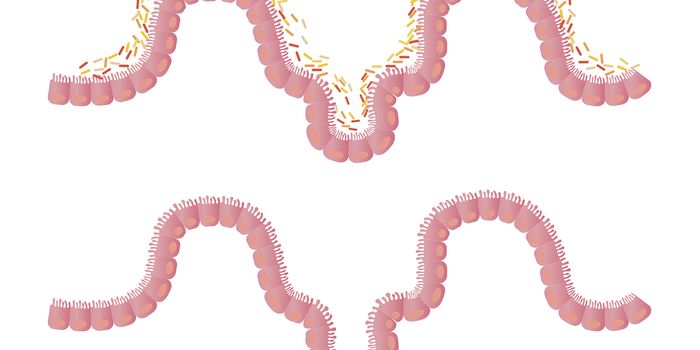Numerous studies have linked high levels of body fat to an increased risk for heart disease, and a new study takes this relationship to the next level in a new study published in the
Journal of the American College of Cardiology.
The study’s senior researcher, Caroline Fox, MD, MPH, said they showed “that an increase in the amount of stomach fat and a lower density fat is associated with worse heart disease risk factors … this hasn’t been shown before.”
CT scans of over one thousand participants from the Framingham Heart Study with a near 50-50 ratio of males and females showed the dispersal of fat cells into subcutaneous fat and visceral fat, the former being the fat existing between the skin and the abdominal muscles and the latter being the fat within the abdominal cavity.
Fox and her team found that both an increase in fat amount and a decrease in fat density was indeed associated with adverse changes in cardiovascular disease risk factors. The CT scans showed an average 22 percent increase in subcutaneous adipose fat and 45 percent increase in visceral adipose fat.
This study and past research endeavors have shown that excess fat near the midsection is exceptionally associated with a higher risk of heart disease compared to excess fat elsewhere in the body. Even more, visceral adipose fat appears more so than subcutaneous adipose fat to be associated with cardiovascular disease risk factors such as hypertension, high levels of triglycerides, and metabolic syndrome.
Studies show that visceral adipose fat is hormonally active and linked to impaired glucose and lipid metabolism insulin resistance and increased predisposition to several types of cancer. Fox and her team from the American College of Cardiology are far from finished studying the relationship between stomach fat deposits and risk of cardiovascular disease, but this study certainly shows that the density of the stomach fat is just as significant as how much fat there is.
Sources:
American College of Cardiology,
The British Journal of Radiology



















































